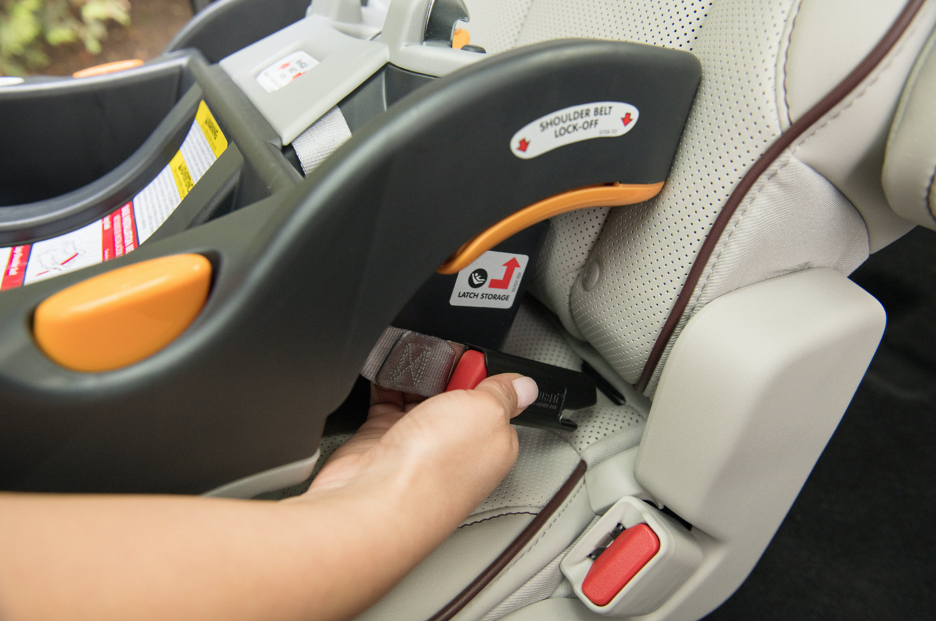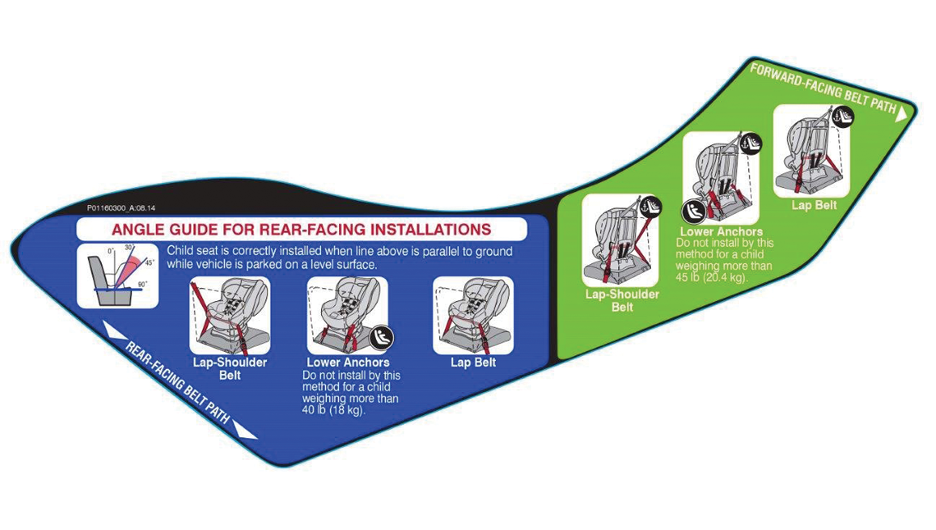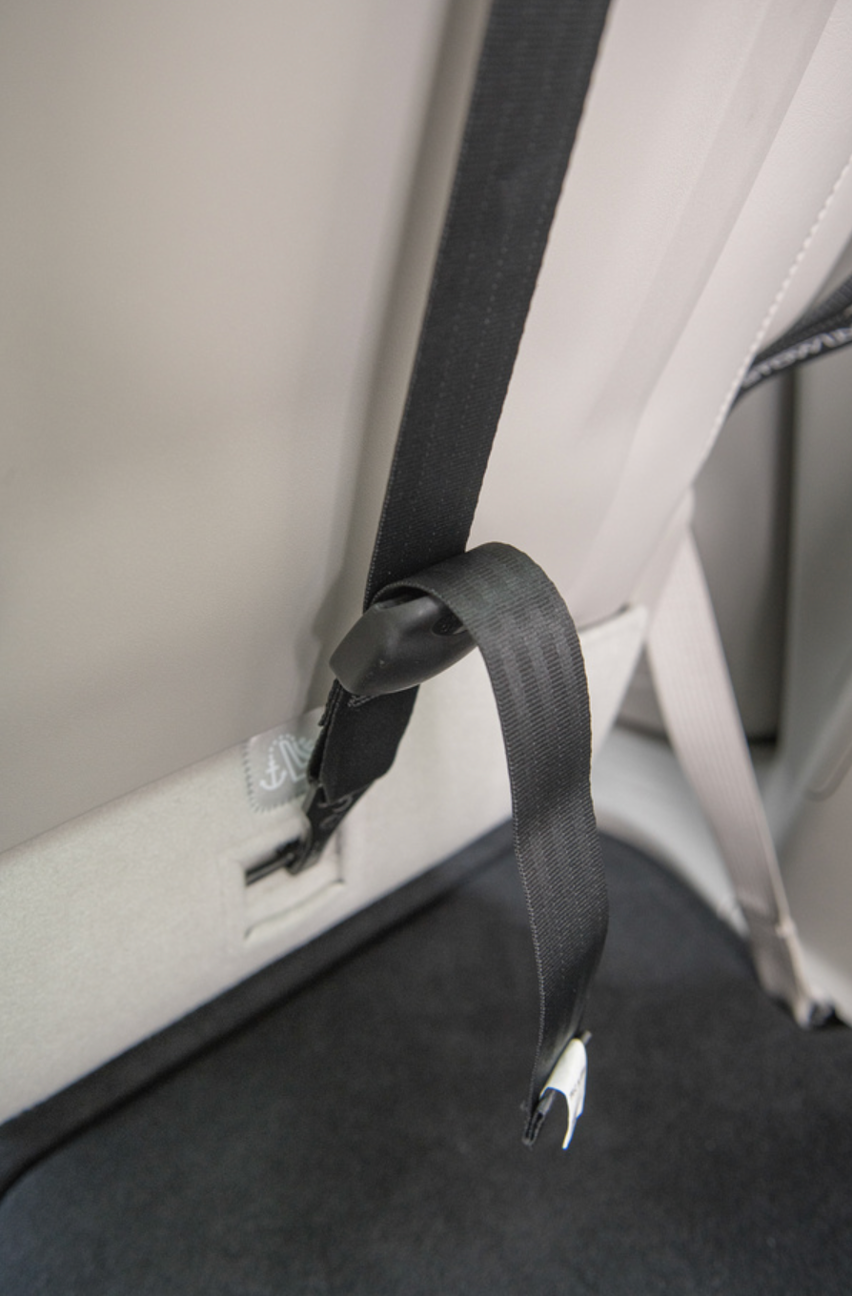
LATCH stands for Lower Anchors and Tethers for Children. This system is available in all automobiles manufactured after Sept. 1, 2002. You can typically use either the LATCH system OR the seat belt to install a child safety seat, just don’t use both at the same time and follow the instructions from the manufacturer of your individual child safety seat. Once you have decided on which system to use, be sure that all caregivers can install the child safety seat correctly every time.
The system consists of two main parts:
- The lower anchor straps
- The tether strap (typically used with a forward-facing seat only)
Lower anchors are a pair of metal U-shaped bars hidden in the vehicle’s seat crack toward the bottom of the seat. Use them to fasten the anchor straps. The tether anchor, often a ring or bar, is found behind the vehicle seat, and is typically just used on a forward-facing seat to help reduce the forward motion. Always consult your vehicle owner’s manual to locate appropriate LATCH anchors for each seating position. Some seating positions may not be equipped with LATCH.
The LATCH system does have weight limits. You should not use the lower LATCH anchors once your child and car seat reach a combined weight of 65 lbs. or more. Make sure to always check both your vehicle manual and your car seat manual to find out the specified weight restrictions. Excess weight could cause the lower anchors to detach during a motor vehicle crash.
Car seats manufactured after February 2014 will have a label that clearly defines the maximum weight limit for installing that car seat with lower anchors. That maximum weight limit should be 65 lbs. when the car seat weight and the child’s weight are combined. Shortly before the February 2014 final rule went into effect, National Highway Traffic Safety Administration added a few additional stipulations to the requirements for this labeling. Allowing for the child restraint to round the maximum weight limit to the nearest number ending in 0 or 5. All car seats made after February 2015 are required to comply with this final version of the labeling requirements.

|
Tether Straps A tether strap helps protect the child’s head and neck and decrease the risk for injury if you were involved in a motor vehicle crash. Always use the top tether strap with safety seats in the forward-facing position, in addition to either the lower anchor straps OR the seatbelt. A tether strap reduces the forward motion in the event of a crash. Without it, the child’s head and neck will be jerked forward, which could cause them to hit the back of the seat in front of them. Using a tether could be the difference between a more severe injury or no injury at all.
|
